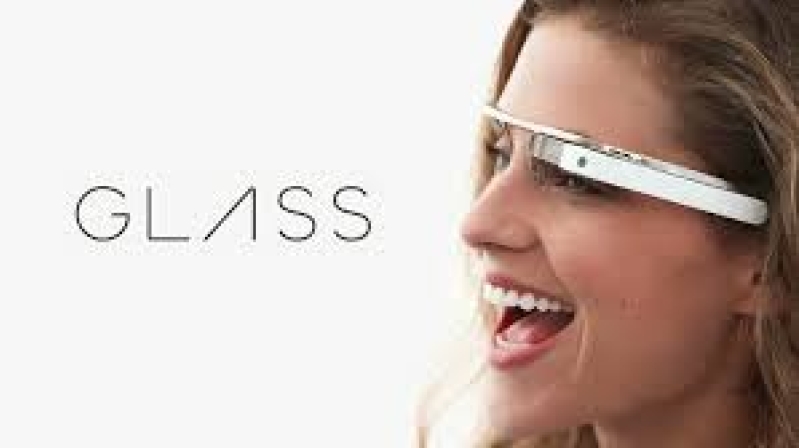
Considering that the Google Glass was first seen three years ago, one would think that the wearable head-mounted technology would have started a revolution equivalent to that of Apple's iPhone. Instead, it seems like Google is taking their time to release the product before just putting it in a package for a high-priced consumer purchase. It does look like Google is making progress on the Google Glass with Google Glass 2.0 or Second Version, and it could be without the Glass when it hits its release date.
According to The Information, Google is revamping the Google Glass project, also known as Project Aura, and the company is working on a wearable with a screen at least one without. In fact, there are three head-mounted devices in development, but the three may be consolidated into two.
There is one version that is "targeted at enterprises" and has a screen. As for the others, they both rely on audio, and one is targeted at "sport" users. This one also uses bone conduction, which is a method of transmitting sound through contact through other places besides the ears.
The current Project Aura "overseer" Tony Fadell has also experimented with head-mounted designs at Apple, but it is pretty clear that Apple didn't get into that game. So far, the team for Google Glass 2.0 or Google Glass Second Version includes a team of audio experts from Amazon.com, and it looks like it will be out next year.
The Google Glass has kind of an odd history. After many rumors of development, it was publically announced when Sergey Brin wore a prototype to a Foundation Fighting Blindness in San Francisco. It was predicted that the Google Glass would be the next big thing, but Google didn't seem to put the product on the market after that.
Instead, they were sending Google Glass to developers or those that were willing to pay the right price, which meant they were more testing the market for this wearable rather than just outright being the first to have such a product. It was an interesting move for the company, and starting in 2013, you would see people wearing them, as they were part of the #IfIHadGlass program. The beta testing ended in January of this year, but without any method for an average user to purchase them, and the prototypes were a very elevated price at over $1,000, it didn't seem like we were going to enter a Glass Age.
Instead, it looked like we were looking at the rise of a VR Age with products like the Oculus Rift. However, these wearables were designed for very solitary use in one's home. If Google can perfect the wearable tech of allowing a user to look simply at things and share them on Facebook and Twitter, then the mobile phone revolution has been made a whole lot safer.
There certainly are a lot of people who are waiting for the age of Google Glass, as we enter into a realm that feels like a page out of speculative fiction, and Google could be close to that. The Times of India says that Google had published a patent application for using holograms in a head mounted display like Google Glass, which could create augmented reality experiences that superimpose computer-generated imagery (CGI) over the real world. There are also reports that the next-generation of Google Glass will be foldable like a regular pair of sunglasses, making the technology a lot more durable to real-world environments.







